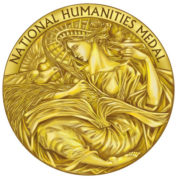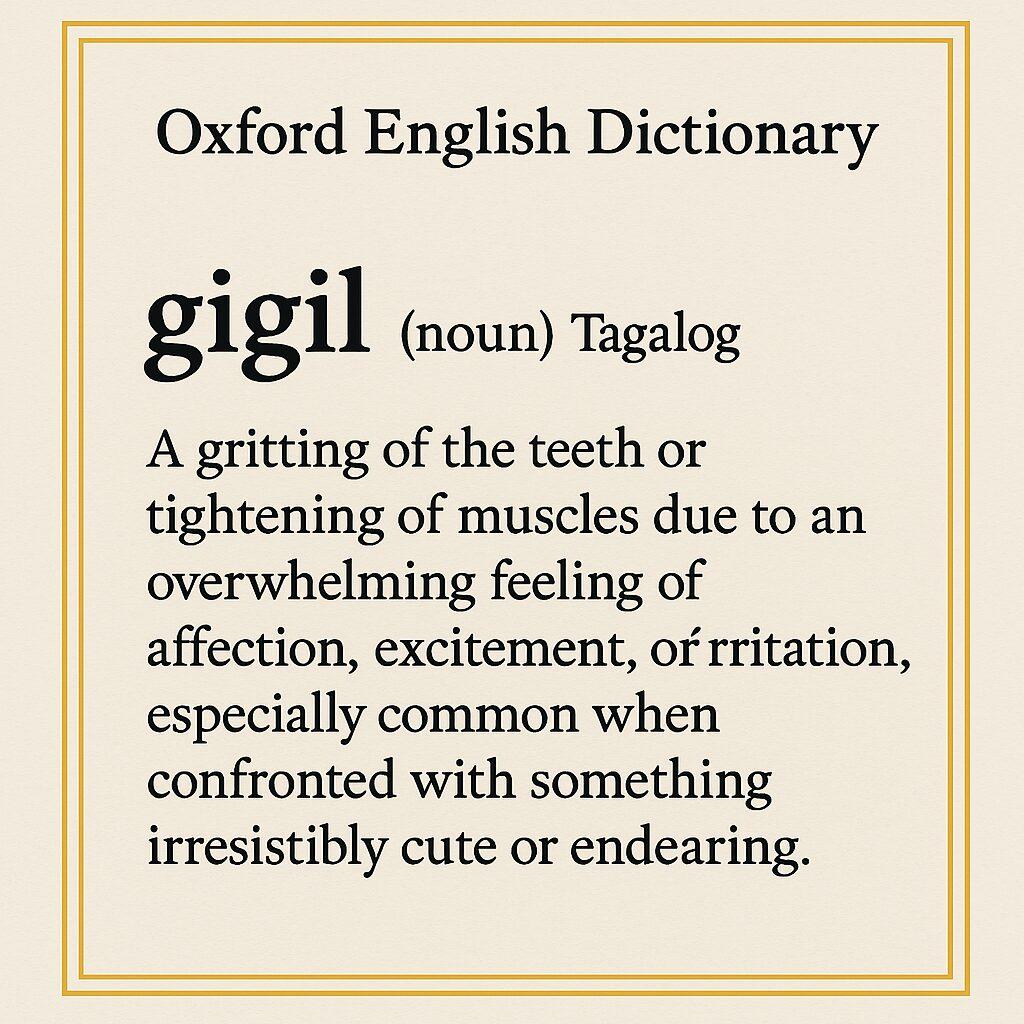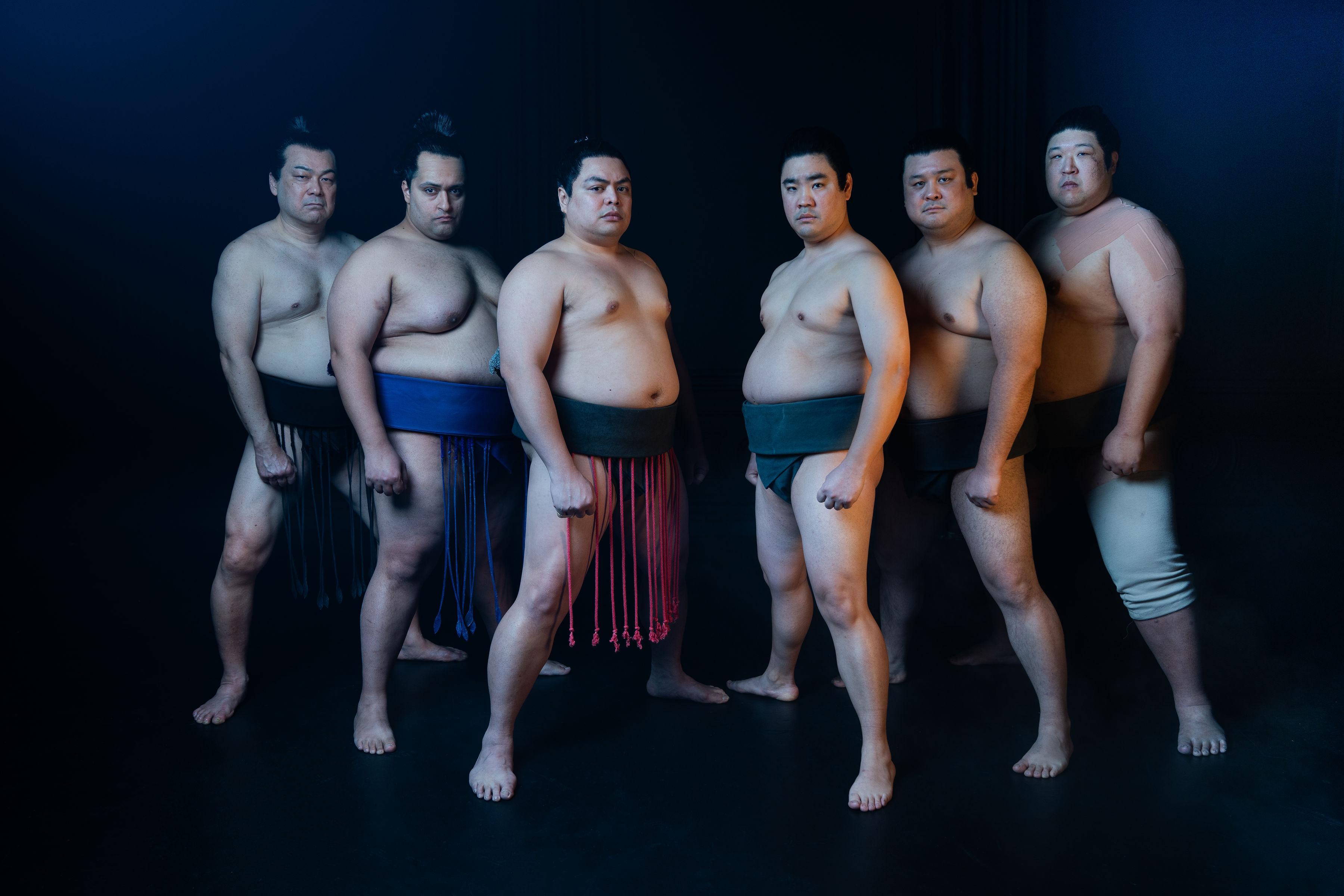PAETE, Laguna native, now Chicago-based Paul Balan recently exhibited Pinoy artistry when he was chosen to design the prestigious National Endowment for Humanities (NEH) Medal. This award is given to individuals or groups whose work has done great things in the field of history, literature, languages and philosophy.
Now on its 49th year, established by the Congress as an independent agency of the Federal Government, NEH continues to support research and learning in history, literature, philosophy, and other areas of the humanities by funding selected, peer-viewed proposals from around the nation.
This year, NEH special citation award is granted to 10 individuals who excelled in the field of humanities. One of which includes Stanley Nelson, a director and producer from New York who exemplified a deeper definition of filmmaking. Nelson has been known to create narratives on the lives of African Americans exposing injustice and triumph while revealing new depths of American history.
Together with Nelson are M.H. Abrams, literary critic; David Brion Davis, Darlene Clark Hine, Anne Firor Scott, all three are historians with their own specializations; William Theodore De Bary, East Asian Studies scholar; John Paul Jones, the first ever architect to be awarded the National Humanities Medal; Diane Rehm, Krista Tippett, radio hosts with deeper calling in the field of humanities; and the American Antiquarian Society, a historical organization.
Though not awarded the National Humanities Medal, Paul Balan is still elated to be part of the award giving body through designing the medal.
Balan bested 130 other hopefuls across the nation, who sent their entries to NEH. He sent two concepts of the new medal to the committee. His gold-plated Lady Liberty in a diadem and flowing dress design won, including a $3,000 cash prize.
“…I am from Paete, Laguna, Philippines. From our town, it’s natural to be an artist. Most of the people who live there is painter, sculptor and poets, musicians.” Balan said in an interview with the award-giving body.
According to CDW, when Paul was growing up in the Philippines, he noticed the image of the Statue of Liberty in newspapers, movies and even on food labels. Whenever he saw the image, it reminded him of freedom, justice, equality and opportunity. When Paul moved to the United States in 2001, the statue was the first thing he wanted to see.
“The first thing on my mind is the image of The Liberty. The book, representing the history of our nation (US). And the 13, representing the 13 states. And she’s holding wheat and she’s giving away to the dove representing the generosity of United States. And the lamp symbolizes the wisdom.” Balan explains about his design.
In 2010, the Chicago-based artist first showcased his talent to the US by being accepted in the US Mint Artistic Infusion Programs, as one of 19 artists who help design coins and commemorative medals.
Balan designed two congressional medals honoring Native American “code takers” and one side of a coin for the US Marshal’s Service’s 225th anniversary. He received $2,500 for each design assignment.
The artist, however, revealed in an interview with Chicago Tribune, that he went through a tough time, having been a migrant from his home country where his family and friends originally lives. “He ignored a sketchbook his wife bought him because he felt bad that he was ignoring a cultural dictate that husbands supported their wives, not vice versa.” the Tribune reported.
He admitted that it took him some time to finally go back to his passion. Only after he received his first check did he continue to once again do masterpieces. He spent his paycheck buying art supplies, and the rest is history.
Tracing his roots, Paul is a descendant of Pablo Bague, one of Paete’s master sculptors.
Aside from his father, Balan also mastered his craft by drawing inspiration from the churches in Paete and images from his grandmother’s holy cards.
(With reports from Chicago Tribune, CDWNewsroom, GMA News, ABC 7 News, Paul Balan website, and NEH)
(www.asianjournal.com)
(LA Weekend August 2-5 Sec A pg.1)






